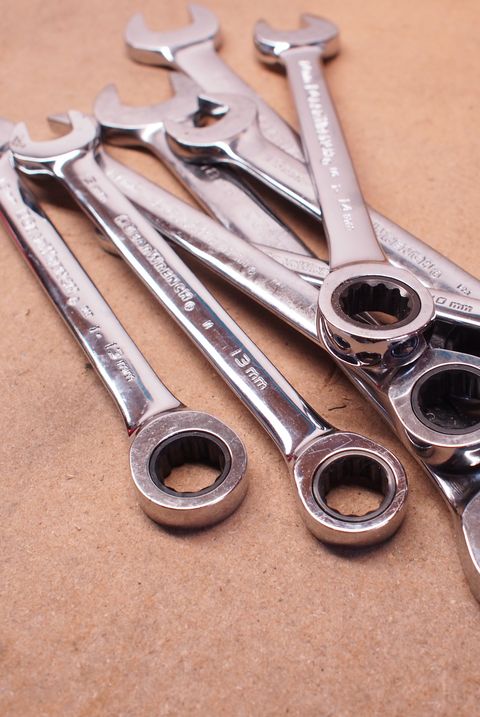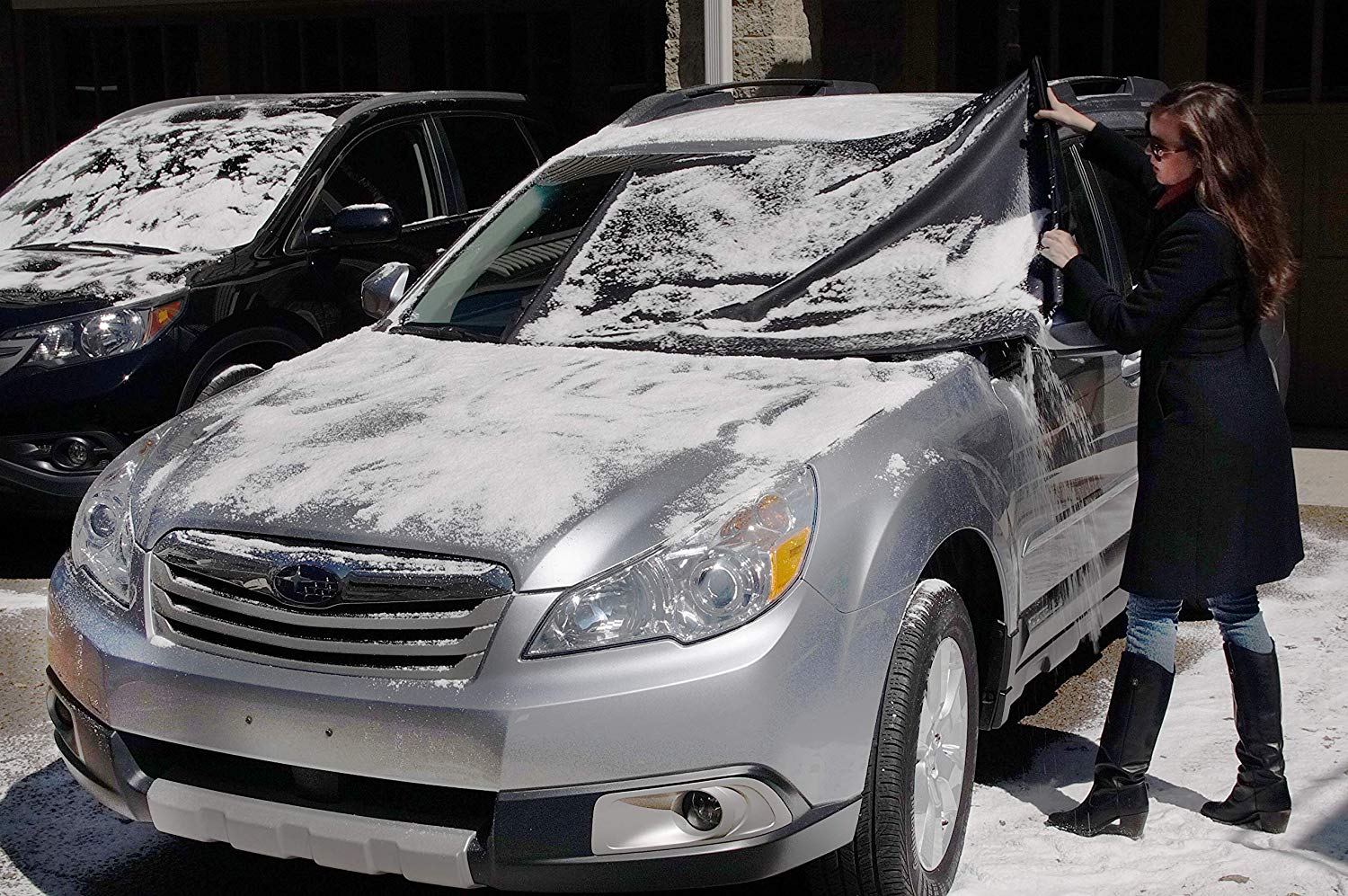
Car swiveltrays are a stylish and practical accessory that will keep all your car needs within reach. The swivel tray pivots between the driver and passenger, and has nine pockets for your essential items. Another useful accessory is a PU leather backseat organize. This organizer measures approximately 26 inches x 18 inches and is compatible with most vehicles. It protects your back from scratches.
Luno Air Mattress
The Luno Air Mattress can be used as a car camping accessory and inflates in just minutes. Its patented design utilizes the back seat floorboard as the box spring for the mattress. Extra inflatable cubes are included for the rear seat floorboard. The entire system can be inflated and deflated within minutes. Once you are ready to pack it, flip the valve to deflate it and roll it in a handy tote bag.
Igloo road trip cooler
Igloo has been manufacturing high-quality, durable coolers in the USA since 1969. This travel cooler features a swing-up handle and two molded handles for easy lifting. A 28-quart capacity provides ample storage. This cooler is equipped with an 8-inch power cord and does not require any ice. The unique design maximizes interior space for maximum cooling power and keeps food and beverages at 36 degrees Fahrenheit.

Hook for Ipely Headrest Hanger
An IPELY Headrest Hanger Hook is an ingenious way to turn your back seat into extra storage space. It is extremely sturdy and will not allow your belongings to roll around on the back seat. To keep your belongings organized on the road, you can attach anything from your purse or baby supplies. For installation, you don’t even have to take out your headrest! You don't need to damage the headrest while installing it.
Drive Auto Products Car Trash Can
The Drive Auto Products Car Trash Can is a useful travel accessory that can hold all of your junk, and also makes it easy to keep your drinks cold. You can also use it as a trash can and seat organizer. It has a capacity for 2.0 gallons. There are two storage compartments to the sides. It comes in black and gray colors, and customers who purchased the black model reported that it worked great for game day cleanup.
Halmo's CARhandGEL portable stove
Halmo’s CARhandGgel portable Sanitizing Gel was an essential road trip item during the COVID-19 pandemic. This portable gel dispenser is unique in that it was specifically designed for car cup holders. If you purchase custom-branded products, your vehicle can have its own customized gel dispenser. You can also order a personalized sanitizing spray to use on your car.
Power inverter
Although most power inverters have a short life expectancy, some models have a reserve capacity. This means that the battery will last longer when it is only used for 50% of its time. The battery reserve is the ability of a battery to withstand temperatures between 60 and 75 degrees Fahrenheit. Lower temperatures can cause batteries to drain faster. A power inverter can be used to prevent a dead battery from being discharged.

Portable EV charger
A portable EV charger can be added to your car to charge your electric vehicle. Knowing which plug type to use is the first step to using a portable EV charging device. The most popular plug types are type 1 or type 2. The type 1 and 2 types of plugs are the most common, but not necessary. A type 1 charger can work in most situations. A Type 2 charger uses a different plug socket. Choose a type 2 portable charger for your EVs to avoid any problems.
Portable solar panel
A portable solar panel is an ideal accessory for traveling. The panel can be attached to the solar port of a campervan or on a car's roof. Although they are expensive due to their efficiency, solar panels can be very reliable. There are many kinds of portable solar panels. Some have battery chargers while some don't. These are the most well-known types.
FAQ
Are you looking for a career as an automotive mechanic?
Automotive is an exciting industry filled with opportunities for people who are committed to excellence. This field requires hard work and the willingness to learn from others.
Communication skills are important as customers and coworkers will often be your main focus. You must also be willing and able to travel long distances, which can make it difficult to commute.
Consider taking classes at local universities or community colleges if your goal is to pursue a career in the automotive industry. Many schools offer programs specific to students interested in sales, auto repair, or customer service.
You should choose to study mechanical engineering if you want to get a degree. You can earn a bachelor's in as little four years.
Many companies will hire students straight out of college. Therefore, it is a good idea to look for employment while still pursuing part-time studies.
After you have completed your education, you will likely need some training to be able to work as an automotive technician.
This means that you will need to pass tests such as the Automotive Excellence (ASE) certification exam. This test covers topics including engine maintenance, brakes, steering systems, suspension, and more.
Once you have passed the ASE Test, you are eligible to apply for a National Institute for Automotive Service Excellence License.
A license allows you to perform repairs on vehicles owned by private individuals. In exchange, you'll receive compensation based on the number of services performed.
It's important to note that not all states require licensing. If you intend to work in another state, however, you will need a license.
Some states will not issue licenses until an individual has completed certain training. This may be the case for you.
What is the difference?
These two jobs are very similar but not identical. A mechanic repairs cars and an automotive technician performs maintenance.
A mechanic needs to be able and quick to use their manual dexterity. They should also be able correctly diagnose and repair any problems.
An automotive technician requires more technical skills than a mechanic. They must be capable of reading blueprints and using tools such as drills, wrenches, etc.
They should also be capable of safely performing complex procedures. They must also be familiarized in different types and electrical systems.
They must also understand the interplay of different parts.
As a result, a mechanic usually earns less money than an automotive technician. Both careers have many options.
What length is an automotive mechanic apprenticeship?
The apprenticeship to become an automotive mechanic takes about three years. The apprenticeship includes two years studying at school and two more as an apprentice. The first year of training is spent in the trade. This includes theory and practical skills as well as safety procedures. You'll also learn how tools can be used safely and efficiently during this year. After the first year, a second year will be spent on-thejob training. This year you'll get experience in different trades. You will have the opportunity for formal training during these years.
The last year of the program is dedicated to gaining certification and qualifications in the field. These include NVQs (National Vocational Qualifications), that are given after passing specific industry exams. There are also HNCs (Higher National Certificates), which cover general subjects like management, business administration, customer service, and more. For those interested in pursuing certain trades, City & Guilds certificates are available.
What qualifications does a truck mechanic need?
Although you don't need to have any formal qualifications, your experience working with trucks and engines is invaluable. Your knowledge is valuable as you are able to quickly diagnose problems and work efficiently.
Your knowledge of diesel technology will allow you to identify the parts that are required to fix our vehicles.
What qualifications are required to become a mechanic
A series of tests is required to be a mechanic. These include:
-
A general knowledge test
-
A practical exam
-
An apprenticeship test
These tests will ensure you are familiar with the fundamental concepts of mechanics and physics before starting to work as a mechanic.
Once you've passed these tests, you'll be eligible to work as a mechanic. An apprenticeship is still required. This will include training in the trade.
To fully understand the mechanics of vehicle repairs, you'll need workshops and classes. Experienced mechanics will also be required.
If you want to be a successful mechanic, it will take concentration and attention to detail. Repairs to vehicles require you to pay attention to every detail.
To become a good mechanic, you need patience and persistence. This may not be the career path that you want if you aren't able to follow directions.
However, if you love cars or enjoy working on them, you might be happy in this field.
Statistics
- The U.S. Bureau of Labor Statistics (BLS) reports that the job outlook for automotive service technicians and mechanics is expected to decline by 4% from 2019 to 2029. (indeed.com)
- Apprentice mechanics earn significantly less hourly than mechanics who have completed training, with a median wage of approximately $14.50 an hour, according to PayScale. (jobhero.com)
- 52% of Mechanics in the United States think their salaries are enough for the cost of living in their area. (indeed.com)
External Links
How To
How to correctly diagnose your vehicle for repairs
Before you can determine if your car requires repairs, it's important to first analyze the symptoms. Then, follow these steps to diagnose your vehicle properly.
-
Check engine lights. Inspect the dashboard light indicators. These include the engine lights, the oil pressure gauge and the battery light indicators. The RPM gauge and coolant temperature gauge should also be checked. It could indicate that your vehicle is having problems.
-
Check the treads of your tires. Tires that are worn can cause issues with handling and braking. The treads of the wheels should be inspected as well. They should be smooth and clean. This can be done by removing the wheels from the vehicle and taking them off. Use a flashlight to see how well the treads are worn.
-
Monitor the level and consistency of your brake fluid. It is important to keep track of how much brake fluid you have in your car. You can ensure that your brakes are working properly by monitoring the level of brake fluid in your vehicle. Low brake fluid levels could cause your brakes to fail when you apply pressure.
-
The suspension system should be tested. A suspension system is designed to absorb vibrations and shocks. It provides better control and allows smoother acceleration and deceleration. A suspension problem can cause your vehicle to feel wobbly and shake uncontrollably. Try putting some weight on your front or rear axle to determine if you have a suspension problem.
-
Examine the steering column. The steering column connects the steering wheel to all other components of the vehicle. Many accidents can cause damage to steering columns. If yours feels loose or shaky, you should replace it.
-
The exhaust pipe should be observed. The exhaust pipes are responsible for moving gases from the combustion chamber into the atmosphere. If your exhaust pipe leaks or cracks, it will allow harmful fumes into your cabin. You should also fix any bent tailpipes immediately.
-
Look under the hood. Check under your hood for any unusual or missing components. There could be fluid leaking from your engine. In addition, if you notice an unusual smell coming from your engine compartment, you should contact a professional technician.
-
It is important to inspect the air filter. The outside environment collects dust and other particles in the vehicle's filter. A dirty filter can lead to a poor vehicle's performance. Replace your air filter regularly.
-
The fan belt should be checked. Your vehicle's fanbel connects the engine and transmission. The engine will not turn if the fan belt breaks. Replacing the belt is simple. You only need a screwdriver or pliers to replace your belt.
-
Check the radiator hose and hoses. The radiator hose carries water from the radiator to the engine. If it becomes cracked or damaged, it can leak hot liquid onto the engine. To repair the leaky hose, all you need is a pair if needle-nosepliers.
-
The windshield wipers should be checked. Windshield wipers use electricity to wipe away rain and snow. If they stop working, they could leave streaks on your window glass. You can fix the problem by changing the washer fluid.
-
Make sure you check the cables. Your car's electrical system is powered by batteries. Make sure you disconnect the negative cable before replacing batteries. Failure to do so can damage your alternator.
-
Make sure your headlights are working properly. Headlights help you see the road ahead. Bad visibility can be caused by headlights that don't work correctly. To check if the bulbs have gone out, you can inspect them.
-
Check the lights. If you approach other drivers at night, lights will warn them. You may be distracted by the light and end up in an accident.
-
You should inspect your brakes. Brakes slow down your vehicle before a collision. If they aren't working correctly, you could lose control of your car and crash.
-
Change the oil. The oil keeps your engine well lubricated. It helps prevent metal parts from wearing out too quickly. It is recommended that you change your oil at least once per month.